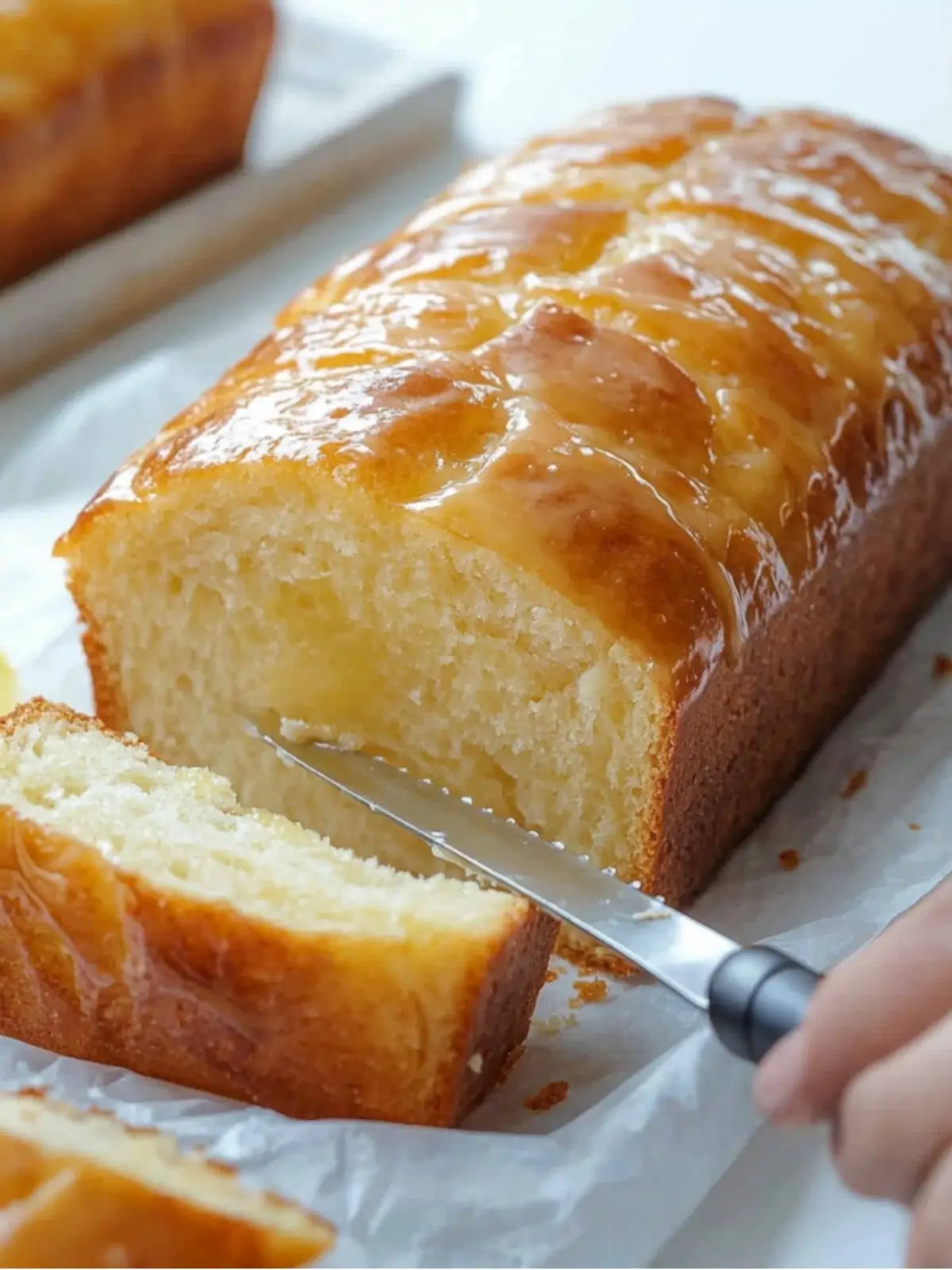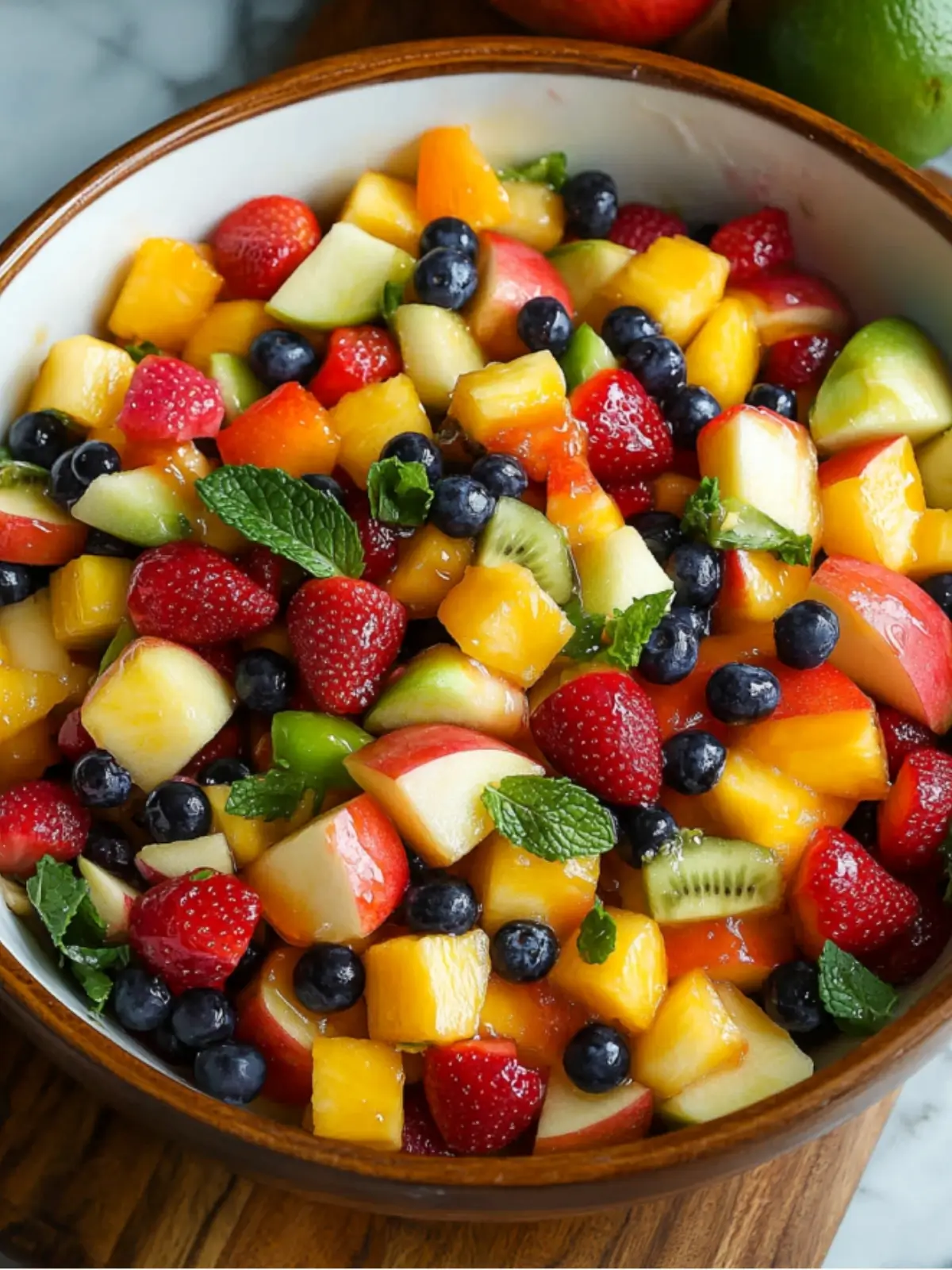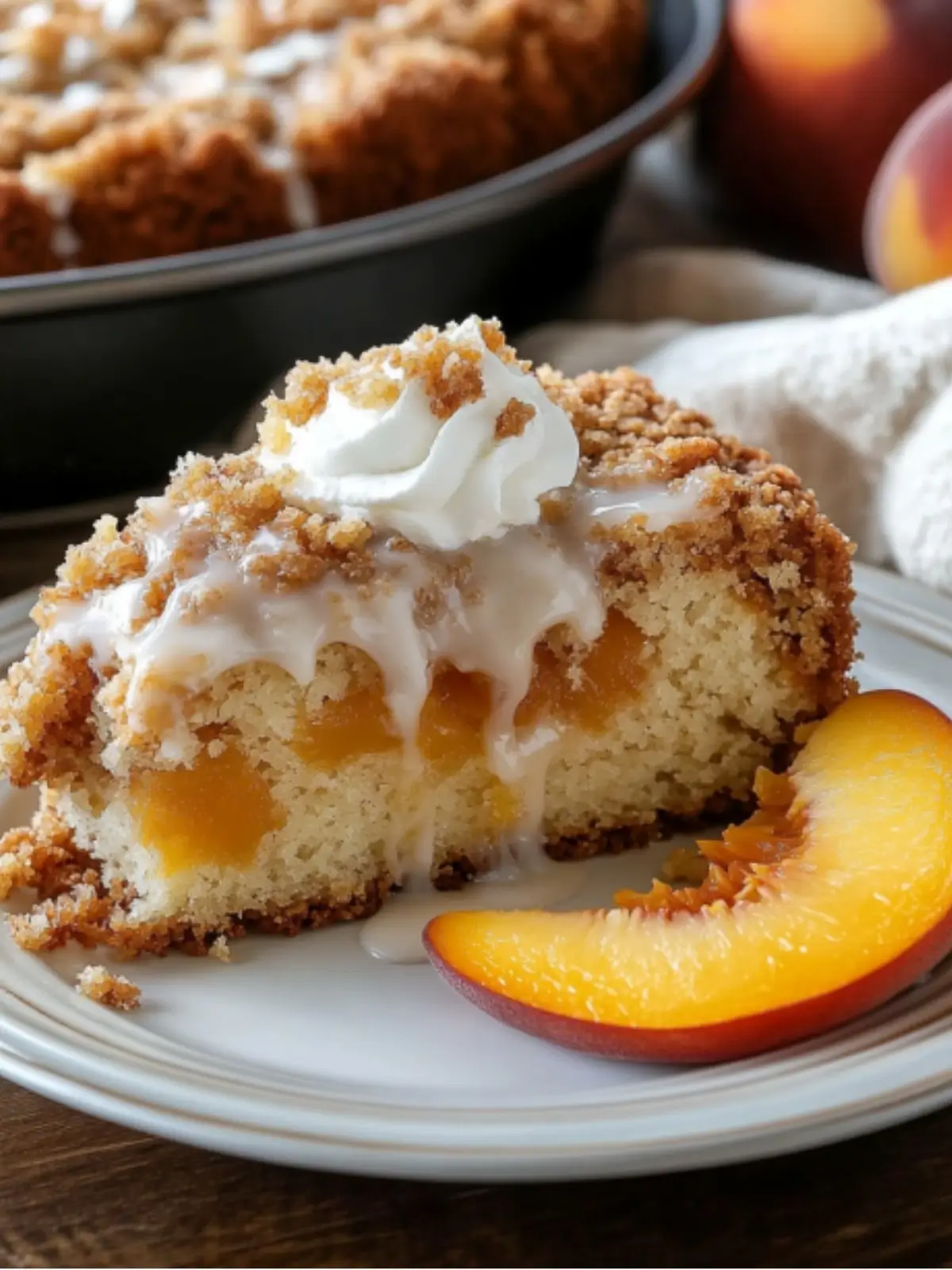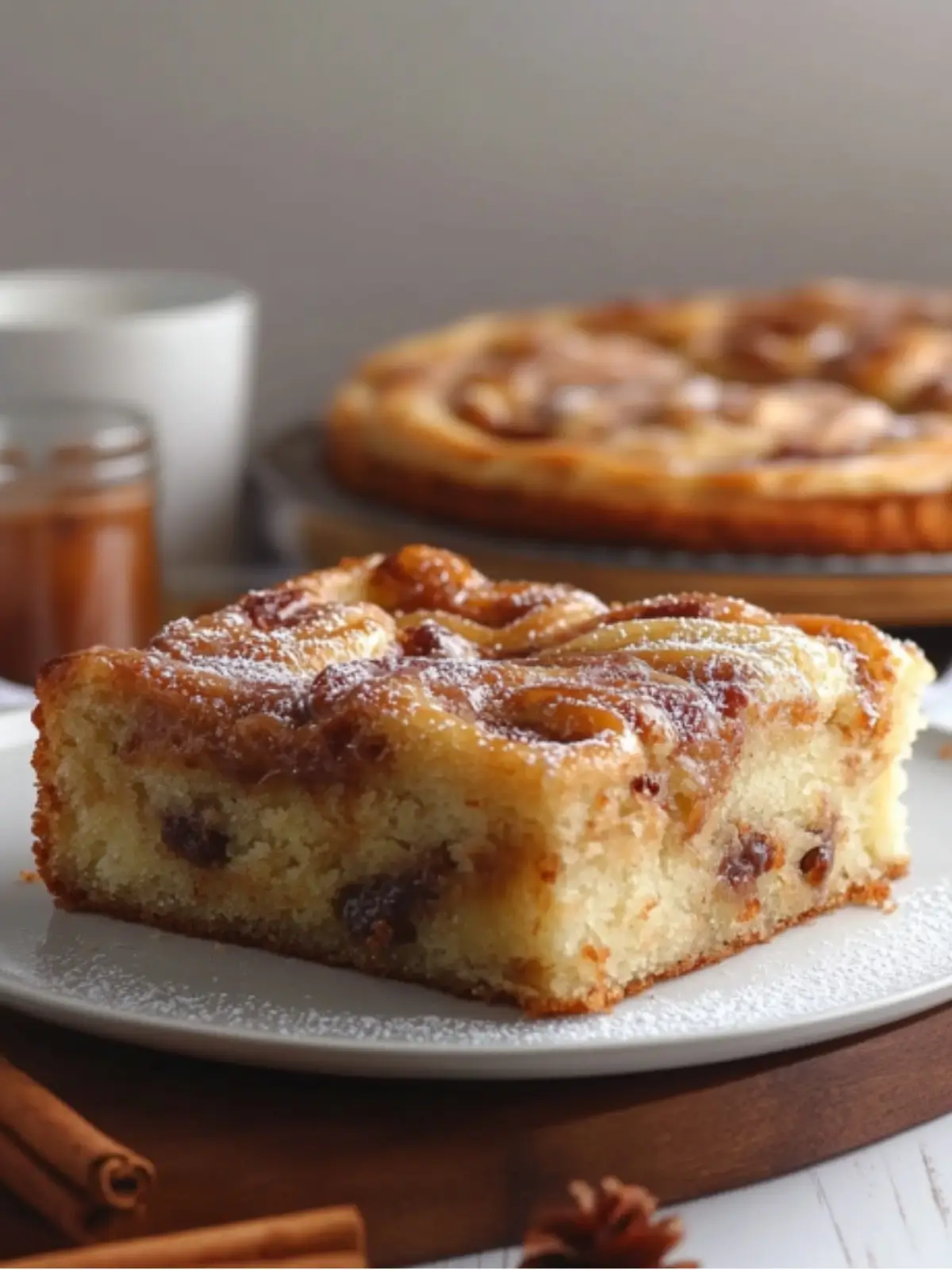Butter Cookies: The Ultimate Guide to Perfect Butter Cookies
Introduction
ADVERTISEMENT
Butter cookies, with their rich, melt-in-your-mouth texture, have long been a favorite treat in households worldwide. These classic cookies are cherished for their simplicity, yet they offer a depth of flavor that few other desserts can match. From festive gatherings to everyday indulgences, butter cookies have earned their place in our hearts and kitchens.
Mastering the art of making butter cookies is essential for any baking enthusiast. Whether you're a novice or a seasoned baker, understanding the techniques and ingredients that contribute to perfect butter cookies will elevate your baking game. This guide is designed to answer all your pressing questions about butter cookies and provide you with tips to ensure your cookies come out perfectly every time.
In this comprehensive guide, we'll walk you through everything you need to know, from the essential tools and ingredients to the step-by-step process of making butter cookies. We'll also explore variations on the classic recipe, offering ideas to customize your cookies for any occasion. By the end of this guide, you'll be well-equipped to bake butter cookies that will impress your family and friends.
What You'll Need
Creating the perfect batch of butter cookies requires a few essential tools and high-quality ingredients. Ensuring you have everything on hand before you begin will make the baking process smoother and more enjoyable.
Essential Tools
- Mixing Bowl: A large mixing bowl is crucial for combining your ingredients. Opt for a sturdy, deep bowl that can accommodate the dough without spilling over.
- Hand or Stand Mixer: While you can mix by hand, using a hand or stand mixer will save you time and ensure your ingredients are blended thoroughly. A stand mixer is particularly useful when creaming the butter and sugar together, as it allows you to achieve the light, fluffy texture essential for great butter cookies.
- Cookie Cutters: Cookie cutters are a fun way to give your butter cookies a unique shape. From classic circles to festive holiday designs, cookie cutters allow you to customize your cookies to fit any occasion.
- Baking Sheets: A good quality baking sheet is a must-have for baking cookies. Look for heavy-duty sheets that distribute heat evenly to prevent over-browning. Consider using parchment paper or silicone baking mats to ensure your cookies don't stick and make cleanup easier.
Recommended Ingredients
- Unsalted Butter: The key to a delicious butter cookie is, unsurprisingly, the butter. Unsalted butter allows you to control the salt content in your cookies. It's also essential for achieving that rich, buttery flavor that these cookies are known for. For best results, use butter that's at room temperature to ensure it creams easily with the sugar. You can learn more about choosing the best butter for baking here.
- All-Purpose Flour: All-purpose flour is a versatile ingredient that provides the structure for your cookies. Be sure to measure your flour correctly, as too much flour can lead to dense, dry cookies.
- Granulated Sugar: Sugar not only sweetens the cookies but also contributes to their texture. Granulated sugar helps the cookies to spread slightly while baking, giving them that perfect balance of crisp edges and tender centers.
- Vanilla Extract: Vanilla extract adds depth of flavor to your cookies. Pure vanilla extract is preferred for its superior taste, but you can also experiment with other extracts, such as almond or lemon, to give your cookies a unique twist.
Having these tools and ingredients ready will set you up for success as you embark on making the best butter cookies. Whether you're baking for a special occasion or just because, having the right equipment and ingredients will make the process seamless and the results delicious.
Ingredients
To make the perfect batch of butter cookies, it's important to have the right ingredients on hand. The basic recipe is straightforward, but you can easily add optional ingredients to create delightful variations. Below is a detailed breakdown of what you'll need.
Basic Ingredients for Butter Cookies
- 1 Cup Unsalted Butter (Softened): The star of the recipe, unsalted butter, provides the rich flavor and tender texture that butter cookies are known for. Make sure the butter is softened at room temperature before you begin mixing; this will help it blend more easily with the sugar.
- 1 Cup Granulated Sugar: Sugar adds sweetness and helps to create a light, crisp texture. It's important to use the correct amount, as too much sugar can cause the cookies to spread excessively during baking.
- 2 Cups All-Purpose Flour: Flour provides the structure for the cookies. It's essential to measure the flour accurately—too much flour will result in dense cookies, while too little could make them too soft.
- 1 Teaspoon Vanilla Extract: Vanilla extract adds a subtle, sweet flavor that complements the buttery richness of the cookies. Using pure vanilla extract is recommended for the best taste, although you can substitute it with other extracts for different flavor profiles.
Optional Ingredients for Variations
- Chocolate Chips: Adding chocolate chips can turn your classic butter cookies into a delightful treat with pockets of melted chocolate in every bite. Opt for semi-sweet or dark chocolate chips to balance the sweetness.
- Lemon Zest: For a refreshing twist, incorporate the zest of a lemon into the dough. Lemon zest adds a bright, citrusy flavor that pairs wonderfully with the rich butter.
- Almond Extract: Substitute vanilla extract with almond extract for a nutty, aromatic flavor. Almond extract is potent, so a little goes a long way—start with a small amount and adjust according to your preference.
These ingredients form the foundation of your butter cookies, but don’t be afraid to get creative. You can mix and match optional ingredients to develop your own signature cookie. Whether you prefer the classic taste or enjoy experimenting with flavors, this recipe can easily be adapted to suit your tastes.
Instructions
Now that you have your tools and ingredients ready, it’s time to dive into the step-by-step process of making butter cookies. This section will guide you through each step to ensure your cookies come out perfectly every time.
Step-by-Step Guide to Making Butter Cookies
1. Cream the Butter and Sugar
Begin by creaming the butter and sugar together. Place the softened butter and granulated sugar in your mixing bowl. Using a hand or stand mixer, beat the butter and sugar on medium speed until the mixture becomes light and fluffy. This process usually takes about 3-5 minutes. The key here is to ensure that the butter is soft enough to blend smoothly with the sugar. This step is crucial as it creates the base for the cookie dough, ensuring that your cookies have a tender, melt-in-your-mouth texture.
Pro Tip: Make sure to scrape down the sides of the bowl periodically to ensure that all the butter and sugar are fully incorporated.
2. Add the Dry Ingredients
Next, gradually add the all-purpose flour to the butter and sugar mixture. You can do this by lowering the speed of your mixer to avoid flour clouds. Add the flour in batches to ensure it incorporates evenly. Mix just until the flour is combined, and the dough comes together. Be careful not to overmix, as overmixing can develop the gluten in the flour, resulting in tough cookies instead of tender ones.
If you're adding any optional ingredients like lemon zest or almond extract, now is the time to mix them in. Gently fold these ingredients into the dough using a spatula.
Pro Tip: The dough should be soft but not sticky. If it’s too sticky, you can add a bit more flour, a tablespoon at a time, until the dough reaches the desired consistency.
3. Shape and Bake
Once your dough is ready, it's time to shape your cookies. Lightly flour your work surface and roll out the dough to about ¼-inch thickness. Use your favorite cookie cutters to cut out shapes, then transfer the cutouts to your prepared baking sheets.
Before baking, chill the shaped cookies in the refrigerator for about 30 minutes. This step is essential for preventing the cookies from spreading too much during baking, helping them maintain their shape.
Preheat your oven to 350°F (175°C) while the cookies are chilling. Once ready, bake the cookies for 10-12 minutes, or until the edges are golden brown. Keep a close eye on them, as they can go from perfectly baked to overdone quickly.
Pro Tip: Rotate the baking sheets halfway through the baking time to ensure even baking.
After baking, allow the cookies to cool on the baking sheets for a few minutes before transferring them to a wire rack to cool completely.
Tips for Perfect Butter Cookies
Achieving the perfect butter cookie requires more than just following a recipe. Here are some expert tips to ensure your cookies come out just right every time, whether you're sticking to the classic recipe or adding your own twists.
Use a Classic Butter Cookies Recipe as a Base
If you’re new to making butter cookies, starting with a tried-and-true recipe is a good idea. For example, the classic butter cookies recipe is an excellent base. Once you’ve mastered the basics, you can start experimenting with variations to suit your taste preferences or the occasion.
Pro Tip: Always follow the recipe’s instructions closely, especially regarding ingredient measurements and baking times. Precision is key in baking, and even small deviations can affect the final product.
Chill the Dough Before Baking
One of the most important steps in making butter cookies is chilling the dough. After you’ve mixed the dough and cut out your cookie shapes, place them in the refrigerator for about 30 minutes before baking. Chilling the dough solidifies the butter, which helps the cookies maintain their shape during baking and prevents them from spreading too much.
Pro Tip: If you’re short on time, you can place the dough in the freezer for about 10-15 minutes instead of refrigerating it for 30 minutes.
Experiment with Different Cookie Cutters
Butter cookies are as much about presentation as they are about taste. Using a variety of cookie cutters can give your cookies a festive or themed look, perfect for holidays or special occasions. From traditional round shapes to stars, hearts, and even custom designs, cookie cutters add an extra touch of creativity to your baking.
Pro Tip: Dip your cookie cutters in flour before cutting the dough to prevent sticking and ensure clean edges.
Don’t Overmix the Dough
Overmixing the dough can develop too much gluten in the flour, resulting in tough, chewy cookies instead of the desired tender, crisp texture. When adding the flour to the butter and sugar mixture, mix just until the ingredients are combined. If you’re adding optional ingredients like chocolate chips or lemon zest, gently fold them in at the end.
Pro Tip: If you’re unsure whether the dough is mixed enough, err on the side of under-mixing. You can always knead it a few times by hand to incorporate any remaining flour.
By following these tips, you’ll be well on your way to baking butter cookies that are both beautiful and delicious. Whether you're making them for a special event or just to satisfy a sweet craving, these tips will help you achieve the perfect result every time.
Nutrition Score
Understanding the nutritional content of your butter cookies is important, whether you're watching your intake or just curious about what you're eating. Here's a breakdown of the typical nutritional information per serving for these classic cookies.
Nutritional Information Per Serving
A standard serving size for butter cookies is typically one cookie, depending on the size of the cutter used. The following nutritional values are based on a recipe that yields approximately 24 medium-sized cookies.
- Calories: 150
- Fat: 8g
- Saturated Fat: 5g
- Carbohydrates: 18g
- Sugars: 9g
- Fiber: 0.5g
- Protein: 2g
- Cholesterol: 20mg
- Sodium: 5mg
Key Nutritional Highlights
- Calories: Each cookie contains about 150 calories, making it a moderately calorie-dense treat. The calorie content is primarily from fat and sugar, typical for butter cookies.
- Fat: With 8 grams of fat per cookie, butter cookies are relatively high in fat, which contributes to their rich, buttery flavor and tender texture. About 5 grams of this fat is saturated fat, which comes from the butter.
- Carbohydrates: The 18 grams of carbohydrates per serving are mainly derived from flour and sugar. This is what gives the cookies their sweet taste and satisfying texture.
- Protein: Although not a significant source of protein, each cookie contains about 2 grams, mainly from the flour and butter.
- Sodium: Butter cookies are low in sodium, especially if you’re using unsalted butter. This makes them a good choice for those watching their salt intake.
Balancing Indulgence
Butter cookies are undoubtedly a treat, rich in butter and sugar. While they are delicious, it's essential to enjoy them in moderation, especially if you're mindful of your calorie or fat intake. Pairing a couple of cookies with a glass of milk or a cup of tea can make for a satisfying snack without overindulging.
By understanding the nutritional content, you can make informed decisions about how often and how much to enjoy these delightful cookies.
Serving & Storage
Once your butter cookies are baked to perfection, it's time to think about how to serve and store them to maintain their delicious flavor and texture. Proper serving and storage techniques will ensure your cookies stay fresh and enjoyable for as long as possible.
Serving Suggestions
Butter cookies are versatile treats that can be enjoyed in various ways. Here are some serving ideas to enhance your cookie experience:
- With Tea or Coffee: Butter cookies pair beautifully with a warm cup of tea or coffee. Their rich, buttery flavor complements the bitterness of coffee or the subtle notes of tea, making for a perfect afternoon snack or after-dinner treat.
- As Part of a Dessert Platter: Butter cookies are an excellent addition to a dessert platter. Pair them with other baked goods, fresh fruits, and perhaps a selection of cheeses for a delightful spread that guests will love.
- Dipped in Chocolate: For an extra indulgent treat, dip half of each butter cookie in melted chocolate. Let the chocolate set before serving, adding a luxurious touch to these classic cookies. You can even sprinkle the chocolate with crushed nuts or sprinkles for added texture and flavor.
- Paired with Ice Cream: Serve your butter cookies alongside a scoop of vanilla ice cream. The combination of the cool, creamy ice cream with the crisp, buttery cookies creates a delightful contrast that's hard to resist.
- Festive Occasions: Use cookie cutters in seasonal shapes and decorate your butter cookies with royal icing or sprinkles to make them the star of any holiday celebration. Whether it's Christmas, Halloween, or Valentine's Day, these cookies can be customized to fit the theme.
How to Store Butter Cookies
Proper storage is key to keeping your butter cookies fresh and flavorful. Here's how you can store them to enjoy over several days or even weeks:
- In an Airtight Container: Store your butter cookies in an airtight container at room temperature. This will keep them fresh and crisp for up to one week. Be sure to place them in a cool, dry place away from direct sunlight and heat sources, which can cause the cookies to become stale or soft.
- Layer with Parchment Paper: If you're stacking your cookies in a container, place a sheet of parchment paper between each layer. This will prevent them from sticking together and help maintain their shape and texture.
- Freezing for Later Use: If you'd like to save your butter cookies for a later date, they can be frozen for up to three months. To freeze, place the cookies in a single layer on a baking sheet and freeze until solid. Once frozen, transfer the cookies to a freezer-safe container or resealable plastic bag. When you’re ready to enjoy them, simply thaw the cookies at room temperature for about 30 minutes.
- Freezing Dough: You can also freeze the cookie dough if you want to bake fresh cookies on demand. Form the dough into a log, wrap it tightly in plastic wrap, and freeze for up to three months. When you're ready to bake, slice the dough into rounds and bake as directed, adding a few extra minutes to the baking time if needed.
By following these storage tips, you can enjoy the delightful taste of homemade butter cookies whenever the craving strikes.
Variations
While traditional butter cookies are a classic favorite, there are endless possibilities for creating delicious variations to suit any taste or occasion. By adding different flavors and ingredients, you can customize your butter cookies and make them truly unique. Here are some popular variations you can try:
Lemon Butter Cookies
For a refreshing and zesty twist on the classic butter cookie, try adding lemon to the mix. The bright, citrusy flavor of lemon pairs beautifully with the rich, buttery base, making these cookies perfect for spring or summer.
How to Make Lemon Butter Cookies:
- Add the zest of one lemon to the butter and sugar mixture during the creaming process. The zest will infuse the dough with a natural lemon flavor.
- For an even more pronounced lemon taste, you can also add one teaspoon of freshly squeezed lemon juice to the dough.
- Proceed with the rest of the recipe as usual, shaping and baking the cookies as directed.
Pro Tip: For an extra touch, drizzle the cooled cookies with a simple lemon glaze made from powdered sugar and lemon juice. This adds a sweet and tangy finish that complements the buttery cookies perfectly.
Chocolate-Dipped Butter Cookies
If you’re a chocolate lover, this variation is for you. Dipping your butter cookies in melted chocolate not only enhances their flavor but also adds a touch of elegance, making them perfect for special occasions or gifting.
How to Make Chocolate-Dipped Butter Cookies:
- After the cookies have baked and cooled, melt some semi-sweet or dark chocolate in a heatproof bowl over simmering water or in the microwave.
- Dip half of each cookie into the melted chocolate, allowing any excess to drip off.
- Place the dipped cookies on a parchment-lined baking sheet and let the chocolate set at room temperature or in the refrigerator.
- Optionally, you can sprinkle the chocolate-dipped cookies with chopped nuts, sprinkles, or a light dusting of sea salt for added flavor and texture.
Pro Tip: For a fun variation, try using white chocolate or a combination of dark and white chocolate for a marbled effect.
Almond Butter Cookies
For a nutty, aromatic variation, try substituting vanilla extract with almond extract. Almond butter cookies have a delicate flavor that pairs wonderfully with a cup of coffee or tea, making them an excellent choice for afternoon snacks or dessert platters.
How to Make Almond Butter Cookies:
- Replace the vanilla extract in the original recipe with 1 teaspoon of almond extract. Since almond extract has a strong flavor, a little goes a long way, so be careful not to overdo it.
- You can also enhance the almond flavor by adding finely chopped almonds or almond flour to the dough.
- Shape and bake the cookies as usual.
Pro Tip: For a truly almond-centric treat, consider topping each cookie with a whole almond before baking or dipping the finished cookies in a sweet almond glaze.
Other Flavor Ideas
- Spiced Butter Cookies: Add a teaspoon of ground cinnamon, nutmeg, or a combination of warm spices to the dough for a cozy, spiced version that's perfect for fall and winter.
- Coconut Butter Cookies: Mix in shredded coconut for a tropical twist. You can also dip the cookies in white chocolate and sprinkle with toasted coconut for an extra indulgent treat.
- Matcha Butter Cookies: Add a tablespoon of matcha powder to the dough for a unique, green tea-flavored cookie with a beautiful color and earthy taste.
These variations offer a world of possibilities, allowing you to tailor your butter cookies to your liking or to suit different occasions. Whether you’re looking for a zesty citrus treat, a decadent chocolate indulgence, or a nutty almond delight, these recipes ensure you’ll never tire of baking—or eating—these delightful cookies.
FAQs
Butter cookies may seem simple, but there are a few common questions that bakers often have when making these treats. Here, we'll address some frequently asked questions to help ensure your butter cookies turn out perfectly every time.
What is the difference between cookies and butter cookies?
While all butter cookies are technically cookies, not all cookies are butter cookies. The primary difference lies in the ingredients and texture:
- Butter Cookies: As the name suggests, butter cookies have a high butter content, which gives them a rich flavor and tender, melt-in-your-mouth texture. They usually contain a simple mix of butter, sugar, flour, and sometimes vanilla extract, with no leavening agents like baking powder or soda. The high-fat content from the butter makes these cookies crisp on the edges but soft in the center.
- Regular Cookies: The term "cookies" covers a broad range of baked goods, from chocolate chip cookies to oatmeal raisin cookies. These often include various fats, such as shortening or margarine, and may use leavening agents to create a more cake-like texture. Cookies can be chewy, crispy, or soft, depending on the ingredients and method used.
In short, butter cookies are a specific type of cookie characterized by their buttery flavor and delicate texture, making them a beloved treat around the world.
What are butter cookies made of?
Butter cookies are made from a simple combination of ingredients, which is part of their charm. The basic ingredients include:
- Butter: The key ingredient, butter, provides the rich flavor and tender texture that defines these cookies. Using high-quality, unsalted butter is essential for the best results.
- Sugar: Granulated sugar is used to sweeten the cookies and contribute to their texture. The sugar also helps the cookies spread slightly during baking.
- Flour: All-purpose flour gives structure to the cookies. It’s important to measure the flour correctly to avoid making the cookies too dense or too soft.
- Vanilla Extract: A small amount of vanilla extract enhances the flavor of the cookies, adding a subtle sweetness that complements the butter.
These simple ingredients come together to create a classic treat that's both easy to make and universally loved. For a deeper dive into how the quality of ingredients, especially butter, impacts the final product, you can check out these Danish butter cookies tips.
What is the best butter for butter cookies?
The best butter for making butter cookies is unsalted, high-fat butter. Here’s why:
- Unsalted Butter: Unsalted butter allows you to control the amount of salt in your recipe. It also has a fresher taste since salt acts as a preservative, meaning salted butter can sometimes taste a bit stale.
- High-Fat Butter: The fat content in butter directly affects the texture and flavor of the cookies. European-style butters, which typically have a higher fat content (around 82% or more), are ideal for baking butter cookies. The higher fat content not only enhances the flavor but also contributes to a tender, flaky texture.
Using the right butter can make a noticeable difference in your cookies, giving them that perfect balance of crisp edges and soft centers that everyone loves.
Why are butter cookies not crispy?
Several factors can influence whether your butter cookies turn out crispy or soft. If your butter cookies aren’t as crispy as you’d like, consider the following:
- Overmixing: Overmixing the dough can incorporate too much air and activate the gluten in the flour, leading to cookies that are more cake-like than crispy. Mix the dough just until the ingredients are combined.
- Baking Time: Underbaking the cookies can result in a softer texture. Ensure that your cookies bake until the edges are golden brown. If you prefer crispier cookies, you can leave them in the oven for an extra minute or two, but be careful not to let them burn.
- Cooling: Allow the cookies to cool completely on a wire rack after baking. This helps them firm up and develop a crisper texture.





Leave a Reply